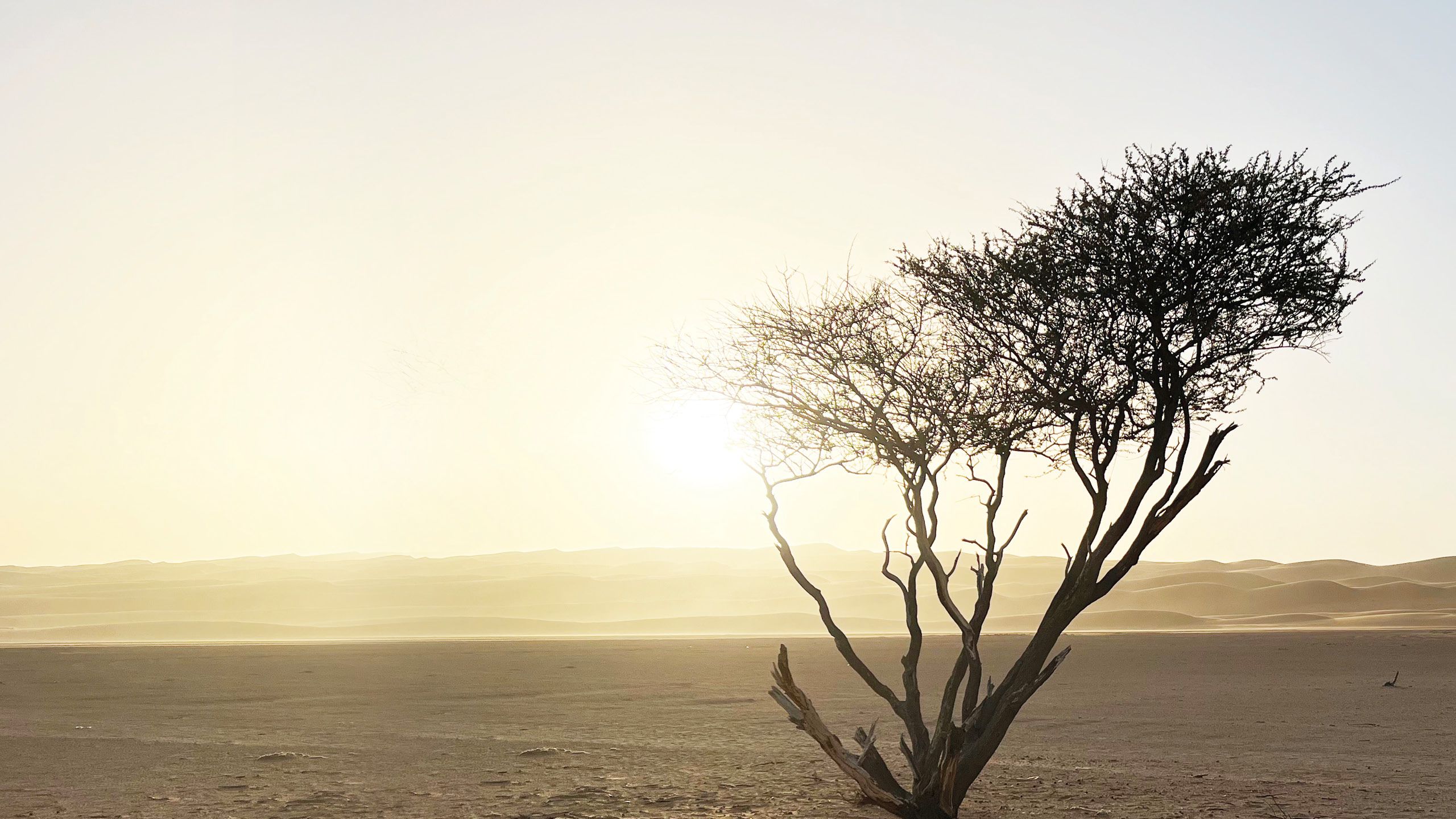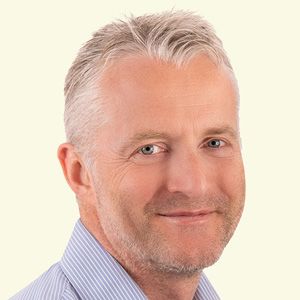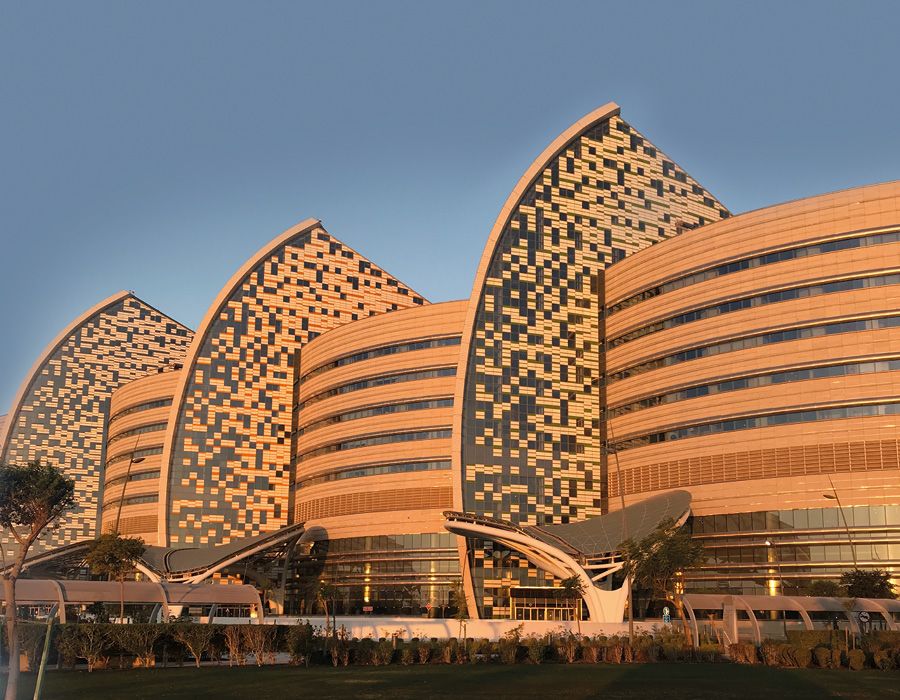Tree of life
James S Huntley shares his experiences being part
of the team that set up an elite-level children’s hospital in Doha


James S Huntley: Professor of Paediatric Orthopaedic Surgery at University of Utah, and Primary Children’s Hospital, Salt Lake City
Since the football World Cup it seems most people can find the State of Qatar on the map. It is a peninsular land mass (around 11,000km2) jutting northwards into the Persian Gulf, with its sole land border to the south with Saudia Arabia. Qatar was a British Protectorate from 1916, taking independence in 1971. It is a rich country, with its wealth based on natural gas and oil reserves.
After a decade’s orthopaedic practice in Glasgow an opportunity knocked to be part of the inception team at Sidra Medicine, a new women and children’s hospital in Doha which is part of the country’s intended transformation to become a hub for learning and research. Specifically it was the vision of Her Highness Sheikha Moza bint Nasser to address the needs of women and children by setting up an academic healthcare centre (allied to Weill-Cornell) underwritten by an endowment at the Qatar Foundation.
Sidra takes its name from the sidr tree (Ziziphus), which is one of the few plants that survive in the desert, providing shade and fruit. Trees are often taken as motifs, notably the tree of Andry in orthopaedics. The sidr tree is a metaphor for resilience and provision, surely good features for a hospital. Indeed on a larger scale it is used as the symbol of the Qatar Foundation, translated into architectural terms at the National Convention Centre, the boughs supporting the canopy.
Characteristically, the sidr tree has three main trunks and, extending the metaphor, these are held to correlate to the ‘triple threat’ of academic surgery: clinician (patient service), teaching/training and research.

The population is around three million, with just under one-tenth being Qatari, predominantly Islamic Wahabbi Sunni. There are significant laws against defamation, especially of the Emir or Qatar. The importance of immediate and extended families/tribes, originally divarified as coastal-dwellers or inland-dwellers (Bedouin) cannot be overstated, with particular families monopolising areas of the working economy. There are a substantial number of in-family marriages, with attendant issues of consanguinity and a burden of genetic conditions. Compared with the UK, the healthcare system is young, with relatively immature systems for reimbursement, licensure, procurement, bureaucracy and (significantly) key worker retention.
Into the unknown
Personally, it was an adventurous prospect involving substantial uncertainty – in particular, upheaval from a well-functioning team at Yorkhill in Glasgow – to embark on a venture in which there were so many ‘known unknowns’ (working under Sharia law, being immersed in a foreign culture, a different range of diseases to treat), but also inestimable ‘unknown unknowns’.
Frustrations with failed initiatives/promises (from universities and the UK NHS) helped make the decision to leave and be part of a new team abroad, out of our comfort zone.
Sidra Medicine’s stunning building was designed by Cesar Pelli, the Argentine-American architect most famous for the Petronas Towers in Kuala Lumpur and the National Museum of Art in Osaka, Japan. The three canopies over the atria are reminiscent of desert dunes and the sails of traditional dhows.
At the front of the hospital the 14 Damien Hirst sculptures of The Miraculous Journey run from conception to neonate, artwork controversial in the Islamic world, where artistic representation of the human form may be frowned upon. Both the building and the sculptures indicate the scope of ambition and should be seen as a statement of intent.
The sculptures are additionally a visual analogy to the whole process of developing a new hospital on a greenfield site. Just as with the foetus, developmental stages are vulnerable to external events, and there were some major external events: the 2015–2016 oil price crash, the Qatar diplomatic crisis and embargo (5 June 2017 to 5 January 2021), the COVID-19 pandemic and the World Cup itself.
There was something of a paradox in terms of the teams being used to build and operationalise the building being so separate. I was brought into a large clinical team before hospital opening to work under the aegis of Dr Jason Howard, Chief of Paediatric Orthopaedics (now Attending surgeon at Alfred I duPont Hospital for Children, Delaware), and David Sigalet, Chair of Surgery (now Paediatric Surgeon, Mercy Ships, and Consultant for Healthcare Systems Simulation International).
The explicit brief involved five critical success factors: ensuring a patient-safe opening; establishing operational integrity and performance; participating in the growth of a knowledge-based economy; optimising internal alignment and integrating Sidra’s focus on service, teaching and research; and optimising Sidra’s prestige and influence.
You cannot truly come to be part of a team intent on opening a new hospital without first and foremost being utterly aligned frontline clinicians. Before clinical opening, it was pivotal to have a friendly welcome to work at sister institutions – including, for orthopaedics, Hamad General Hospital and Aspetar Hospital. It allowed for exposure to patients, systems, culture and language – in effect, to understand what works, what might work and what doesn’t work. We gleaned the preponderance of genetic conditions and vehicle-related trauma, and a different spectrum of pathology (e.g. Brucellosis from unpasteurised camel milk), often presenting late.
“The mantra from clinical-command was to ‘sim everything!’ – the benefit of this was quickly evident”
Having engaged with culture and the medicine practised within that culture, and defined a scope of service predicated on the particular needs of the population, executive planning involved the serial engagement of an immense team, both clinical and supportive, which eventually laid claim to people from 78 countries.
For the first 18 months there was also considerable administrative work, as expected for a startup organisation, and it required certain characteristics (at least of others): dynamic, agile, innovative, focused and scalable. This work was perhaps best labelled as project management – defining a scope of service, engagement with footprint, then a phased opening with minimal but expanding staff levels.
Pool of potential
Orthopaedics has multiple codependencies, notably radiology, physiotherapy, occupational therapy, pharmacy, orthotists and (yes) the electronic medical record system. We held weekly meetings concerning timescale of activation, with key performance indicators, accountabilities and timelines. There are substantial difficulties with procurement in the Middle East in terms of equipment, consumables and integration with educational needs.
The challenge was integrating the large pool of potential, incorporating best practice from the rest of the world (a model I think of as ‘clone and improve’), while instituting a just culture emphasising quality and safety over blame and punishment. The mantra from clinical command was to “sim everything!” – the benefit of this approach was quickly evident: true team-building and personal and system-learning. When the manikin dies during the anaphylaxis moulage in the emergency department because US and UK staff cannot cross-talk between epinephrine and adrenaline, then the people involved and the system learn.
After opening, numbers and case complexity ramped up rapidly. Five years on, despite being buffeted by an embargo, the COVID-19 pandemic and the World Cup, it has emerged in the top-250 international hospital list for 2023 as an elite-level children’s hospital in the Middle East. On a personal level, after six years and now moving on from the Middle East I am struck by how many deep friendships I have there across many nationalities and cultures.

Damien Hirst's The Miraculous Journey
Damien Hirst's The Miraculous Journey
